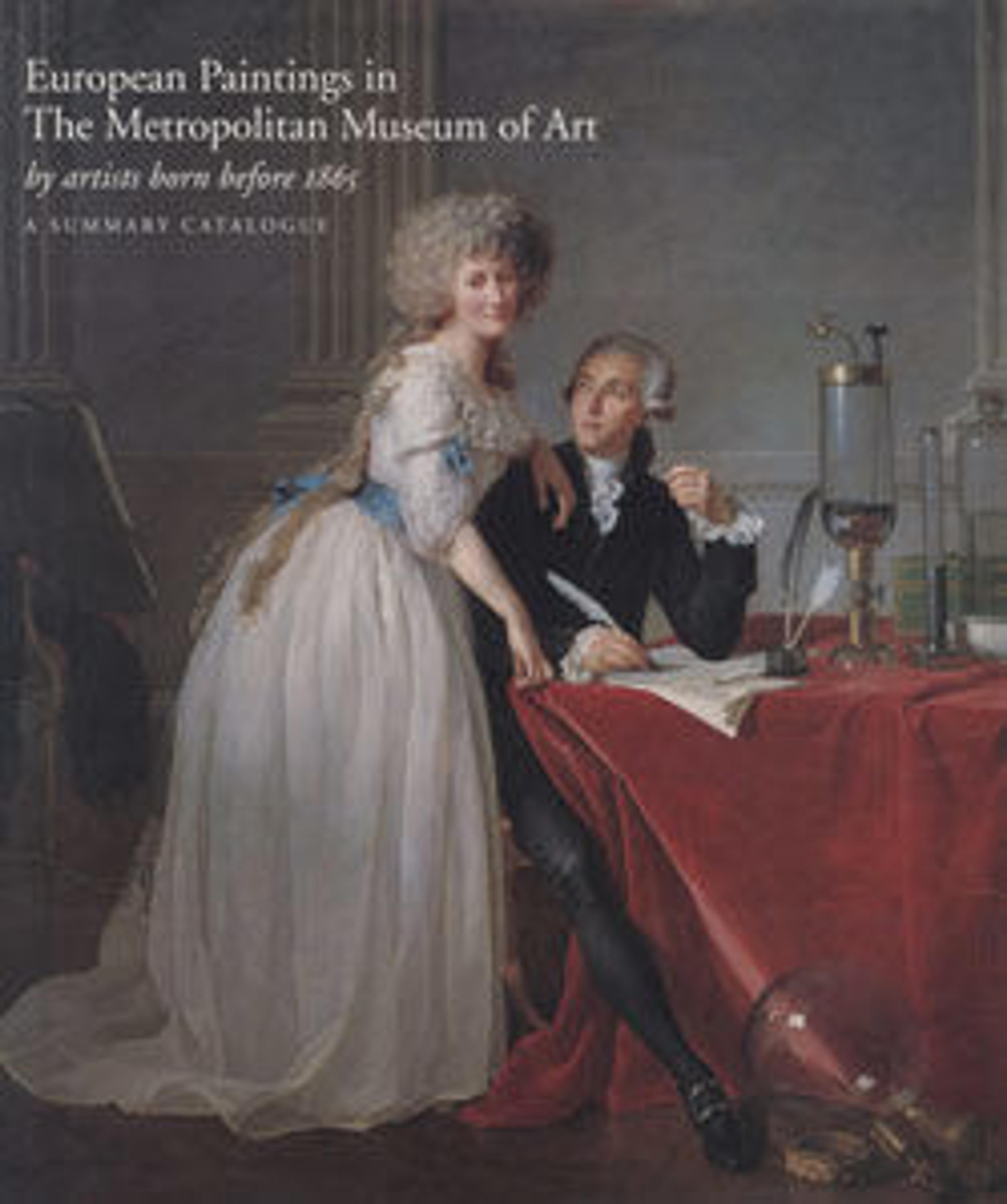Interior of a Gothic Church by Day
Pieter Neeffs the Elder was the most prolific Flemish specialist in architectural views during the first half of the seventeenth century. Minute detail, artful illumination, and above all perspective effects— enhanced in these small works on copper by simulated marble frames—were designed to entrance private collectors. Neeffs’s usual subject is an imaginary Gothic church interior similar to that of Antwerp Cathedral, which bears some resemblance to the daylight view exhibited here.
Artwork Details
- Title:Interior of a Gothic Church by Day
- Artist:Pieter Neeffs the Elder (Flemish, active 1605–1656/61)
- Artist:and Frans Francken III (Flemish, 1607–1667)
- Date:probably ca. 1635–40
- Medium:Oil on copper
- Dimensions:5 1/8 x 6 1/2 in. (13 x 16.5 cm)
- Classification:Paintings
- Credit Line:Bequest of Edward C. Post, 1915
- Object Number:30.58.20
- Curatorial Department: European Paintings
More Artwork
Research Resources
The Met provides unparalleled resources for research and welcomes an international community of students and scholars. The Met's Open Access API is where creators and researchers can connect to the The Met collection. Open Access data and public domain images are available for unrestricted commercial and noncommercial use without permission or fee.
To request images under copyright and other restrictions, please use this Image Request form.
Feedback
We continue to research and examine historical and cultural context for objects in The Met collection. If you have comments or questions about this object record, please contact us using the form below. The Museum looks forward to receiving your comments.
